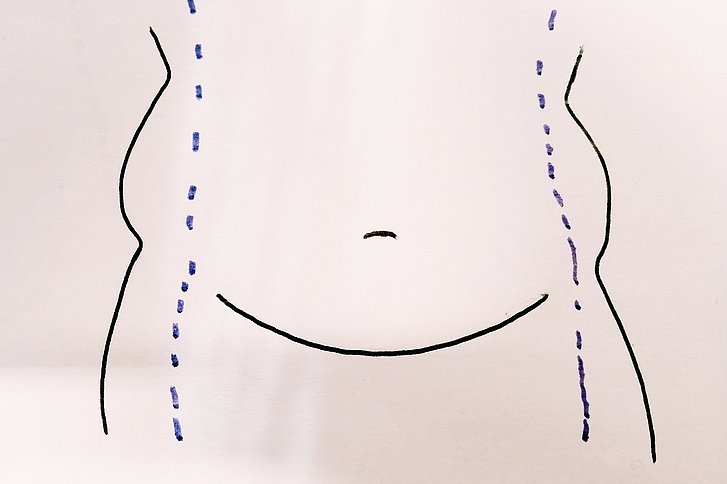Not everyone needs body contouring after bariatric surgery. Often, however, the skin is so stretched that it does not shrink with the rest of your body, leaving loose skin folds. These can cause rashes, infections and back pain. In addition, sagging skin can prevent you from being as active as you would like.
What is body toning after bariatric surgery?
Surgical body toning is a sub-speciality of plastic surgery with the aim of removing excess skin and fat and shaping the underlying supporting tissue. The benefits of body shaping are more than just cosmetic. Studies show that bariatric surgery patients who undergo body shaping subsequently gain less weight and have an improved quality of life than patients without body shaping.
Is body shaping the same as a tummy tuck?
At the Centre for Obesity and Metabolic Therapy (ZAM), we work hand in hand with the Clinic for Plastic Surgery to offer you various lifting operations, which are individually adapted to your body contour and take your health needs into account. We specialise in various types of body shaping operations, including abdominoplasty and breast lift as well as upper arm and thigh lift. A trunk and buttock lift are also possible.
